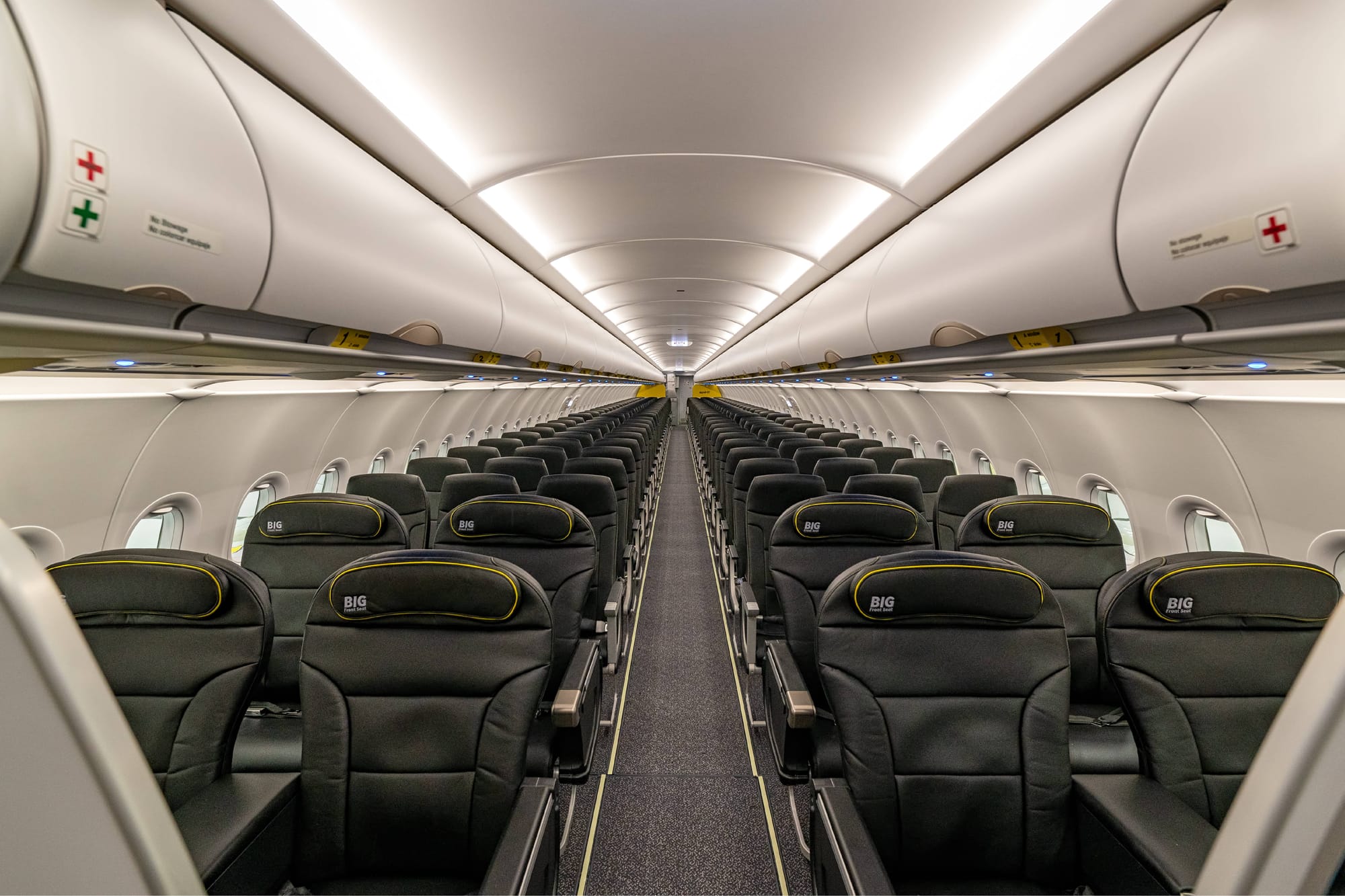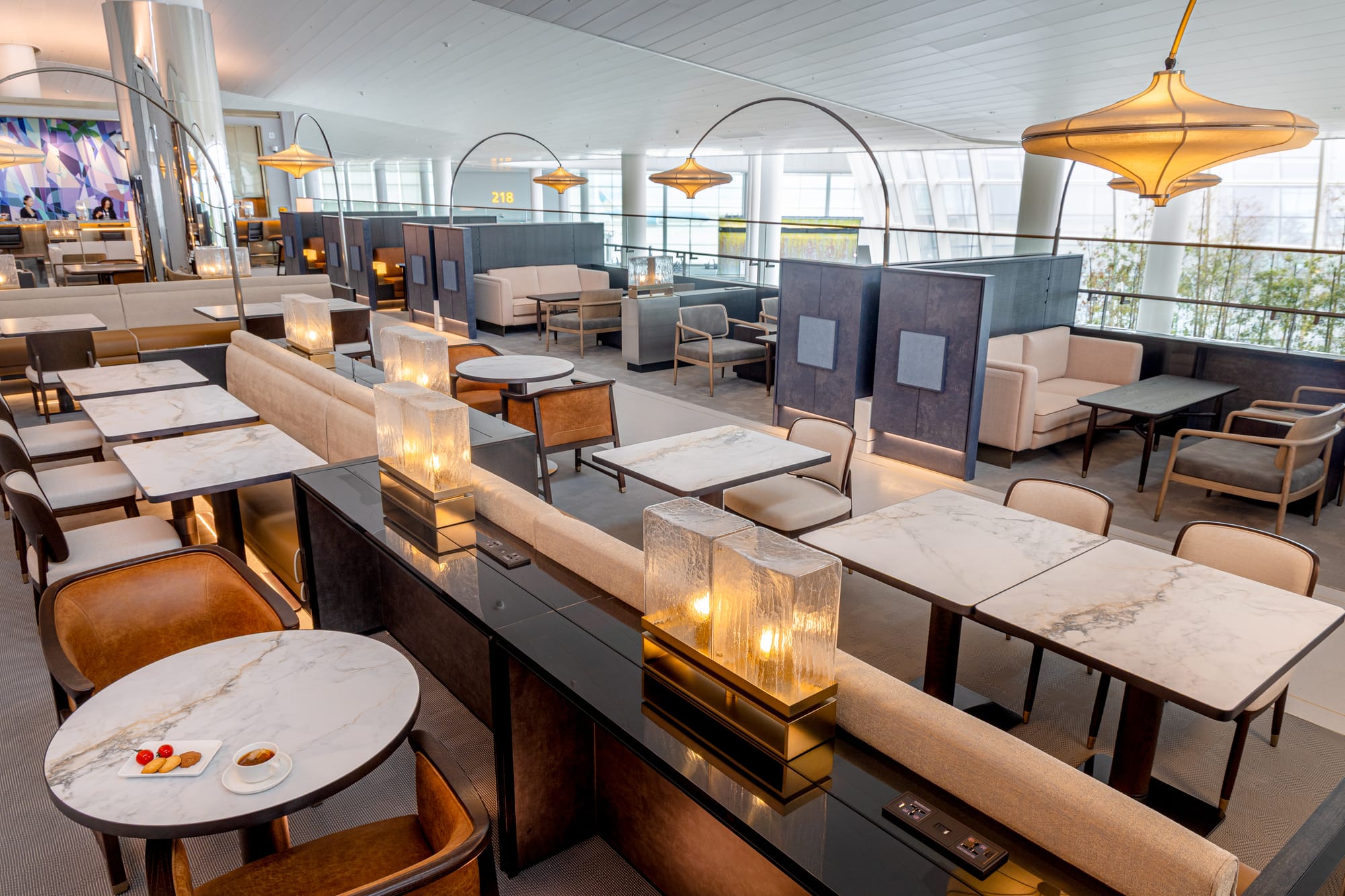Here in France we call the end-of-summer period the rentrée, a quite literal return to school, work and regular routines. Unfortunately, this week brings news of Spirit Airlines back in the bankruptcy routine, together with Lufthansa trying to consolidate Austrian, Swiss, and Brussels with its main Lufthansa-the-airline brand.
Plus: the quirks with the not-entirely-new Acela trains Amtrak is starting to run in the US northeast, why LOT’s new Airbus A220 cabins mean more than just Eurobusiness, and what American’s lounge boosts at Charlotte suggest for its east coast hub strategy.
The big thing to note this week: Spirit Airlines heads back to bankruptcy, four months after last emerging
We were getting ready to publish your Update on Friday afternoon when Spirit Airlines dumped the news that it is once again going into bankruptcy, this time in its Spirit Aviation Holdings, Inc form rather than as last November’s Spirit Airlines, Inc. It comes two weeks after Spirit gave profitability warnings in SEC filings (seeUpdate #12), and prospects do not look rosy, especially after legal disagreements with lessor AerCap about the terms of 36 aircraft leases.
But whatever the accountants and lawyers decide, if Spirit doesn’t make it to Halloween or beyond, its mark on the way people travel and the passenger experience landscape in the US will last quite some time, and not just in terms of pricing or social commentary on public behaviour in airplanes and airports.
From our perspective on the passenger experience, the thing about a low-cost carrier with unbundled fares entering a market is that it makes passengers think long and hard about what value they get from various elements of their journey — whether that’s a carry-on bag, inflight entertainment, legroom, or anything else. That forces every airline in the market to do a similar assessment, and not always a comfortable one.
Let’s look at the front of the aircraft for a moment. Spirit’s Big Front Seat was for many years one of the best values in US domestic air travel, and a masterstroke of branding. All you got was the recliner seat, at the front of the plane, for something like $50. Compared with the tightly pitched slimline seats down the back, it felt to upgrading passengers like a steal.

For passengers used to US domestic first class, the key question was what value they got from an Alaska, American, Delta or United seat compared with a Spirit one: a longlife packaged snack outside the meal window? A doggy-dish dinner that might compare unfavourably to a Lean Cuisine frozen meal?
Over the years, it’s been fascinating to observe the response from the US mainline carriers to this challenge, sometimes leaning towards loyalty, sometimes leaning towards hard product upgrades (especially on longer transcontinental flights), sometimes fiddling with the timings of the “meal window” when a proper meal rather than a Slim Jim could be expected onboard.
Along the way, some even flirted with the idea of renaming domestic first class to something else — I recall discussing Delta’s thinking about by-product branding with an exec there a decade or so ago, in the context of the airline introducing its Premium Select premium economy cabin.
Genuinely, good luck to the Spirit team as they try to pull the airline back into the black.
This week on The Up Front: What Korean’s new Seoul lounges say about its premiumisation strategy
Join us for wider thinking about Korean Air’s ongoing brand and aesthetic evolution as it merges with former hometown rival Asiana Airlines — and heads upmarket — with the latest milestone an impressive set of new and refurbished lounges at its hub airport at Seoul Incheon.

Thanks to our advertiser, Unum
We designed The Up Front to be a pleasure to read and worth of your attention, so we don’t try to steal your focus with flashing ads, popups, popovers, autoplay videos, or anything else from the worst of the web.
You’ll only ever see one ad on any page or in any email: that’s our promise to you, and to our advertisers.
Find out about advertising with us or contact our advertising team for pricing and to learn more.


